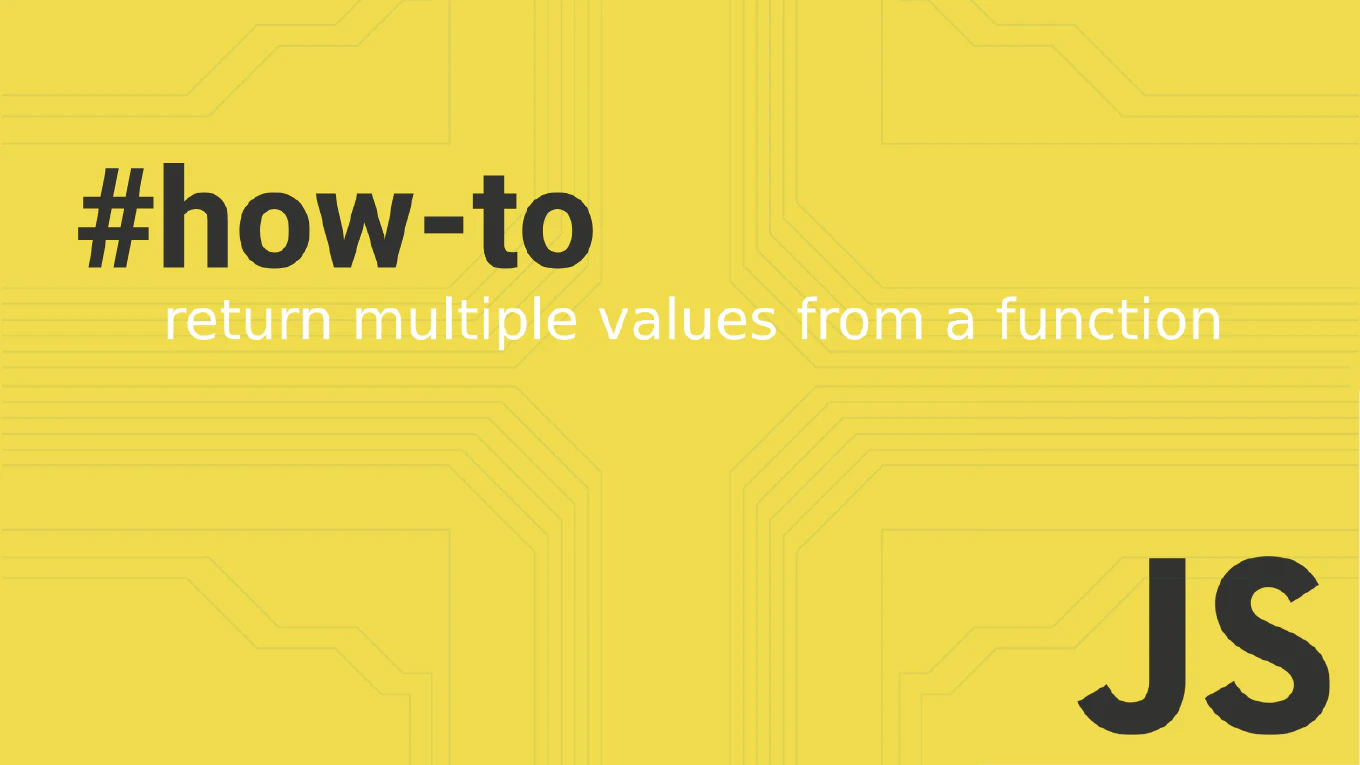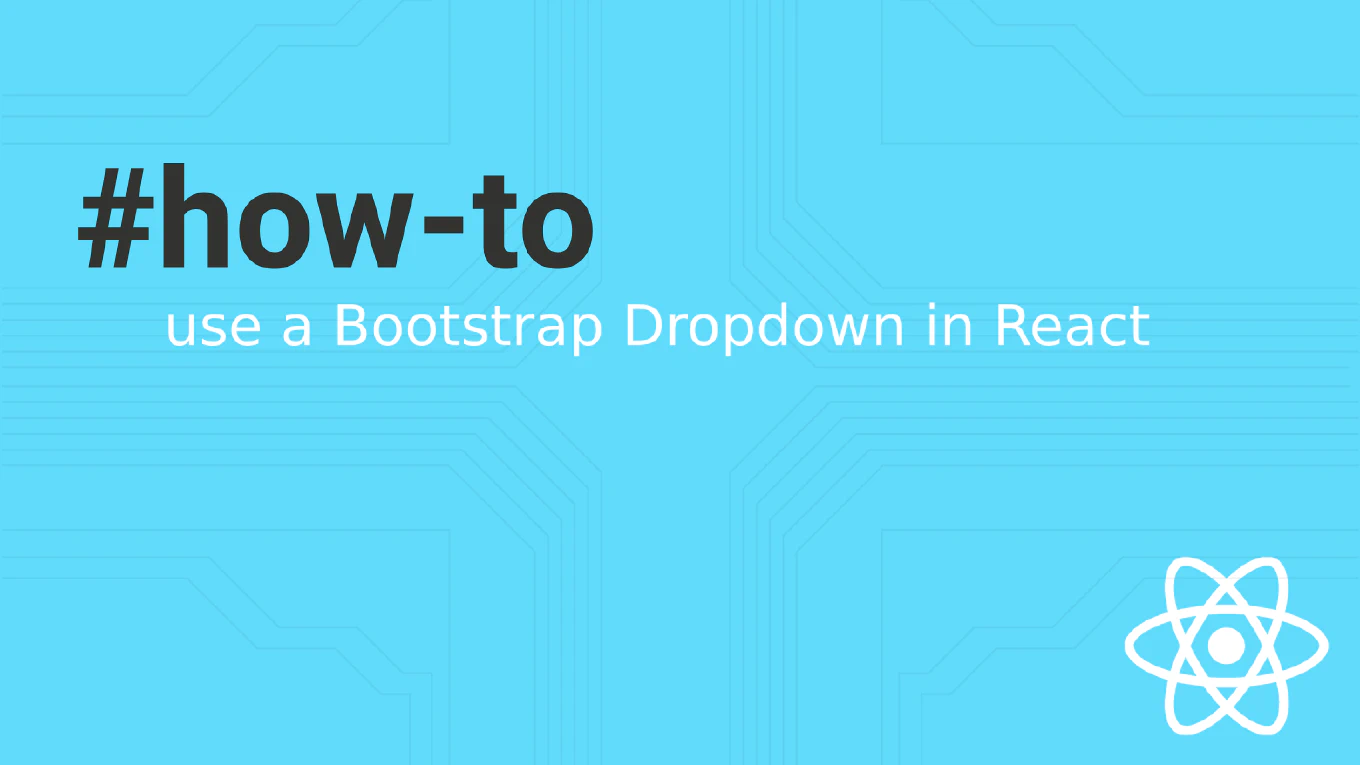How to define state in Vuex
Defining proper state structure in Vuex is fundamental for building scalable Vue applications with predictable data flow and optimal reactivity. As the creator of CoreUI with over 25 years of development experience, I’ve structured state for countless enterprise applications using clear, normalized patterns. The most effective approach is defining state as a function that returns an object with properly typed initial values. This ensures consistent data structure and prevents issues with state mutations and component reactivity.
Define Vuex state as an object with properly initialized properties that represent your application’s global data requirements.
import { createStore } from 'vuex'
const store = createStore({
state: {
// User management
currentUser: null,
isAuthenticated: false,
// UI state
isLoading: false,
sidebarCollapsed: false,
theme: 'light',
// Data collections
users: [],
products: [],
// Form data
filters: {
category: '',
dateRange: null,
status: 'all'
},
// Error handling
errors: {},
notifications: []
}
})
This state definition covers different categories of application data: user authentication, UI preferences, data collections, form state, and error handling. Each property has a meaningful initial value that matches its expected type. Arrays are initialized as empty arrays, objects as empty objects or with default properties, and booleans with appropriate defaults.
Best Practice Note:
This state structure pattern is used in CoreUI’s Vuex templates for maintainable, scalable applications. Always initialize state properties with the correct data types to ensure Vue’s reactivity system works properly and avoid undefined property errors in components.







